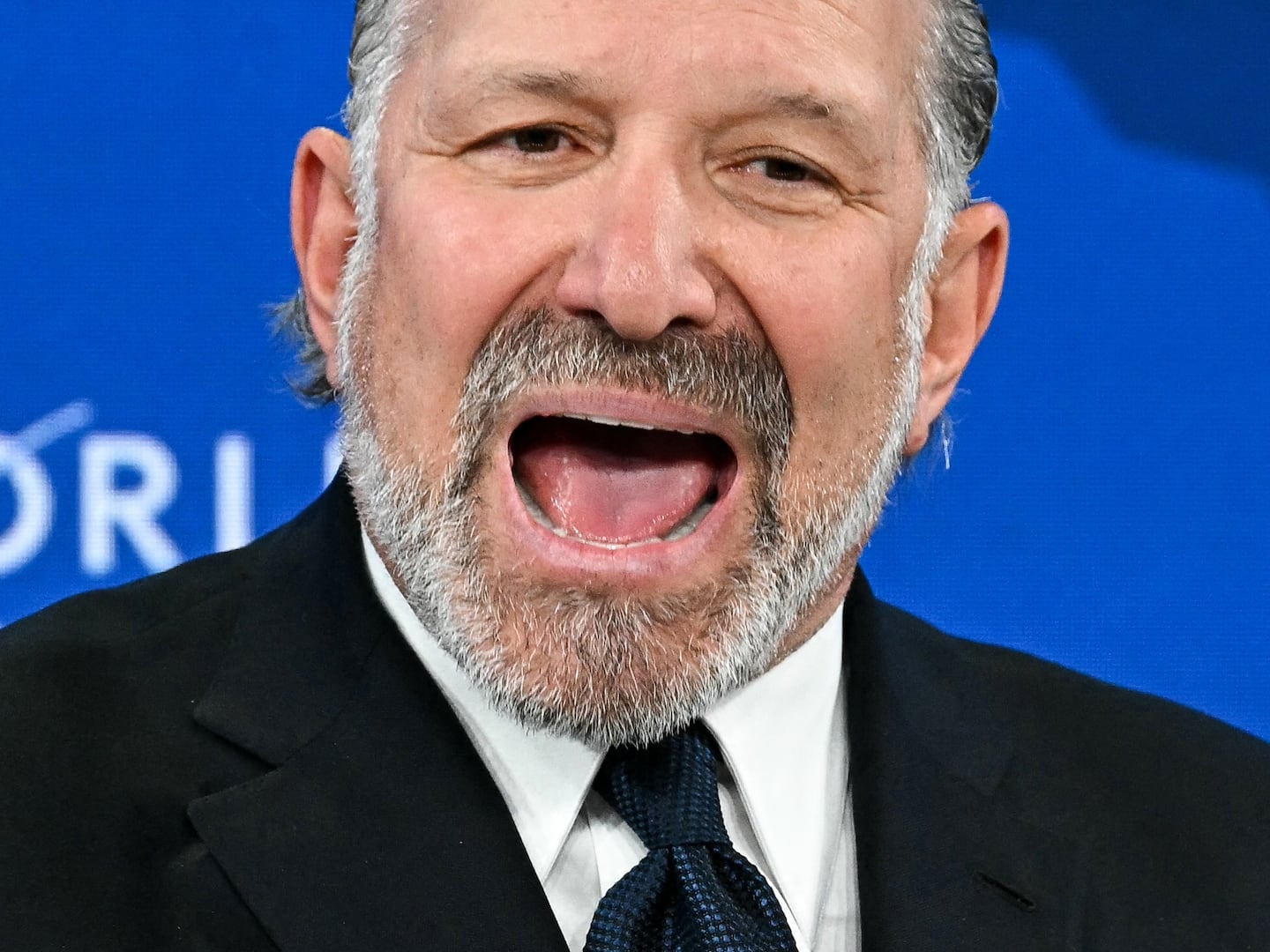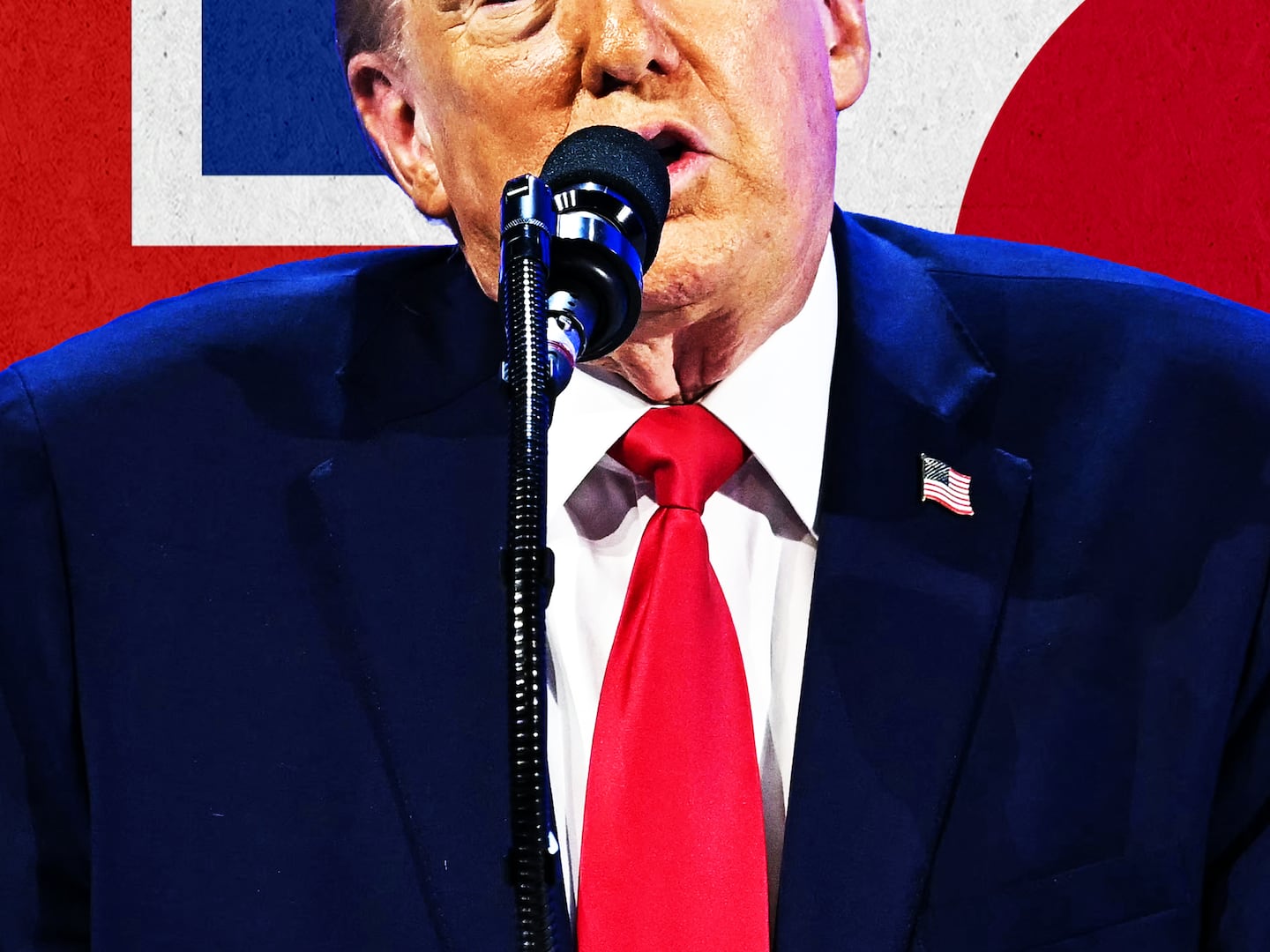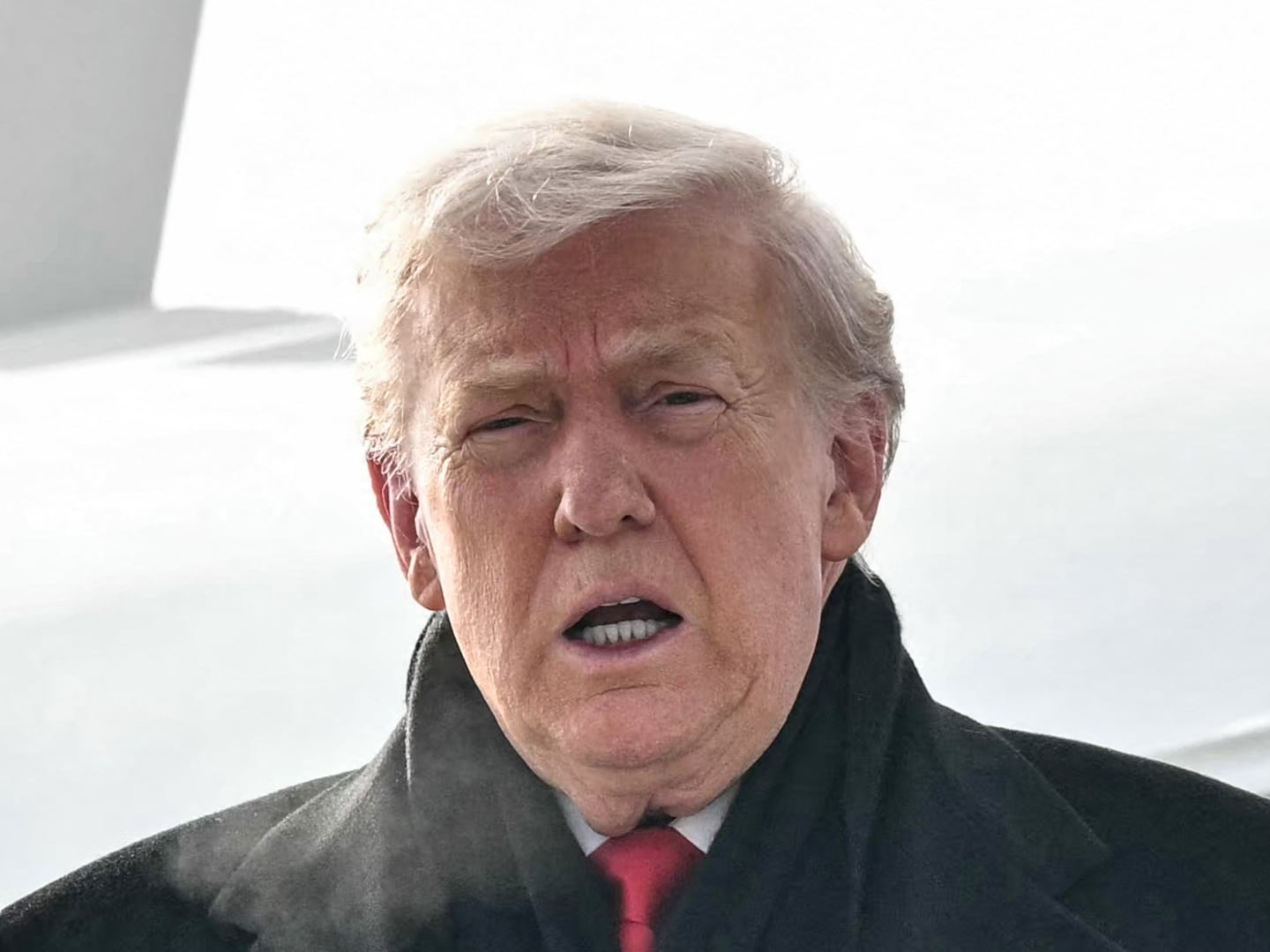
The outbreak of swine flu is scaring Americans and people around the globe—a story accelerating rapidly with cases of the virus being reported everywhere from Mexico to New Jersey to the Middle East.
The politics of responding to public-health crises has become especially difficult in the era of the 24-hour instantaneous news cycle when unfiltered information reaches the public within seconds and there is no break over the dissemination of data, a trend that began with the advent of cable television news in the 1980s and has become more challenging with the growth of the Internet. Yet politicians and public-health officials must avoid handling these crises in a frenzied fashion and only in response to crisis. This is exactly why the story of President Gerald Ford in the election year of 1976 is so instructive for President Barack Obama as he deals with the latest outbreak. On his 100 days marker, with the swine-flu fear running high, Ford turns out to offer the most relevant precedent.
The problems with the response to the flu reports compounded the negative image that many had of Ford as an ineffective and often stumbling president—exactly the image he hoped to counteract when he first responded to the possible threat.
President Ford confronted an outbreak of the swine flu in January and February of 1976. Cases of the flu were reported at the Fort Dix Army Base in New Jersey. Although there was no evidence the flu was spreading, the Centers for Disease Control warned of an outbreak on February 14. Congress allocated funds for a vaccine one month later. Democrats were suspicious of political motivations behind the policy in an election year. Sen. Warren Magnuson (D-WA) quipped that when Americans went for their shots in the fall, “they might have ‘em vote at the same time.”
President Ford and his advisers mistakenly viewed the crisis through the comparison to the influenza outbreak of 1918 and 1919, which killed millions of people around the globe, as Ernest May and Richard Neustadt recounted in their classic book on the importance of history in policymaking, Thinking in Time. Ford, who was also gearing up for a tough primary battle against Ronald Reagan and a tough general election in the fall, did not want to give opponents fodder that would enable them to accuse him of being an ineffective leader. The president requested that Congress allocate funds to develop a vaccine. Congress passed the legislation, with $135 million for the program, and Ford signed it into law in April.
Although there was still no strong evidence of an outbreak, in the summer of 1976 Congress agreed to grant the drug companies legal immunity as they distributed a vaccine. The policy had already been riddled with problems. One of the major pharmaceutical companies working on a vaccine produced the wrong kind, creating a four- to six-week delay. When Congress changed its mind about granting legal immunity, Ford publicly warned that Americans would blame Congress if an outbreak occurred. Congress then passed the National Influenza Immunization Program in August.
The problem was that when the vaccines started being given in October, there were reports that a few senior citizens had died as a result and others suffered a form of paralysis. More news stories emerged about the dangers of the vaccine as well as how the news of an outbreak had been exaggerated. Later, however, reports said the vaccines had not caused the deaths. The White House released a picture for Ford receiving the vaccine to boost public confidence.
The problems with the response to the flu reports compounded the negative image that many had of Ford as an ineffective and often stumbling president—exactly the image he hoped to counteract when he first responded to the possible threat. In the swine-flu crisis, Ford’s attempt to appear a strong leader only made him seem more ineffective than ever.
It is difficult to imagine that President Ford could have made a different decision in the current media environment where the pressures to act instantly are that much more intense, particularly in an age of global travel. But President Obama needs to act in deliberative fashion, insulating health officials from the pressures they will be facing and making certain that our response to the information does not create further dangers or unneeded solutions.
Even more importantly, the current crisis should serve as an important reminder to President Obama that he should make funding for public health a top priority in the coming years. Public-health funds for flu inoculations were initially included in the economic stimulus measure but cut at the request of Sen. Susan Collins (R-ME) and finally accepted. It’s likely they will now be restored. Much more needs to be done, of course, particularly after many years during which the Bush administration and the Republican Congress did not give sufficient attention to the issue. But as the Ford example shows, the best way to deal with public-health threats is through systematic investigation and the careful development of treatment rather than on an ad-hoc basis in the middle of a potential crisis.
Julian E. Zelizer is a professor of history and public affairs at Princeton University's Woodrow Wilson School. His new book, Arsenal of Democracy: The Politics of National Security—From World War II to the War on Terrorism , will be published this fall by Basic Books. More on Zelizer can be found at www.julianzelizer.com.






